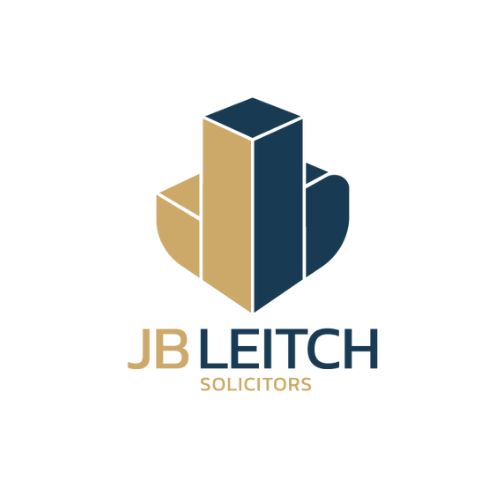“Let There Be Light”
In this article, we draw upon recent case law and first-hand experience to comment on the challenges and remedies associated with establishing rights to light.
A "right to light" can be defined as an easement that gives a landowner the right to receive light through defined apertures in buildings on his or her land. This could be seen as the right to receive uninterrupted light, which passes across adjacent land, into a window. If a building owner has a right to light and the path of light is interfered with or obstructed - for example by a new building or development, then a legal challenge could be brought to ensure the value, amenity and utility that available light brings, are preserved.
Background:
The issue of the right to light has a long history in English property law, extending as far back as 1663, with the Ancient Lights act being based on the theory that a landowner acquired an easement to the light by virtue of his use of the windows for that purpose for the statutory length of time. Since the Prescription Act of 1832, the right to light is protected under common law, adverse possession or by establishing a claim to the right to light where you have:
- Acquired the right;
- Not have the claim defeated by having lost the right; and
- Be able to prove an actionable nuisance.
Casting a Shadow:
Typically, rights to light are lost if the right is interrupted for more than 12 months, within a 20 year period, so if a right is obstructed then swift action needs to be taken, otherwise any claim will be statute barred. Interruption includes actual physical interruption or by service of a Light Obstruction Notice, which is a notional physical interruption, which has the same effect of an actual physical interruption.
If there is an interruption to the right to light, in order to be actionable, it must be a substantial interference so that that the amount of light left following the interference provides insufficient light “according to the ordinary notions of mankind” rendering it uncomfortable.
In order to assess whether an interference is substantial, the Court will typically consider whether the room with the right has moved from being adequately lit to poorly lit, by reference to the Waldram method.
An Illuminating Approach:
The Waldram method essentially involves plotting the area of a room which receives adequate light before the proposed infringement, and the area that will be adequately lit afterwards. Light is measured in lumens, and one lumen is regarded per square foot. It is then possible to ascertain how much of a room was adequately lit before and after the infringement with the convention being that if the remaining area of adequate light exceeds 50% of the area of the room, there is no infringement or nuisance. This is commonly referred to as the “50/50 rule”. Remedies for the interference can include injunctions or damages in lieu of an injunction, including diminution in the value of the owner’s interest to the value gained by the infringement.
A Case in Point:
In Beaumont Business Centres Ltd v Florala Properties Ltd the property was already deemed to be poorly lit prior to the interference, however it was held that where a room is already poorly lit, in order to establish a claim in nuisance the Claimant needed to prove that the reduction in light to its premises had made them substantially less comfortable than prior to the interference. The Waldram method therefore remained a useful starting point for considering the interference.
As the defendants premises were occupied by a third party tenant, not a party to the proceedings, Beaumonth was awarded a declaration against the freeholder that it was entitled to an injunction so, if so advised, it might join the tenant to the proceedings to seek an injunction. In the alterative, Beaumont was entitled to “negotiating” damages of £350,000 representing just under 1/3 of the defendant’s profits gained from its nuisance.
Shining a Light on Some Key Points:
The Beaumont case also provides some useful points for consideration, specifically:
- That artificial light is not considered when assessing a right to light claim and that poorly lit rooms can still have actionable loss, even if the reduction in light is small.
- Reiterates the decision in Coventry v Lawrence that the Court has an unfettered discretion to award damages in lieu of an injunction where the facts of the case warrant it, however, injunction remains the primary remedy and the onus remains on the infringing party to show why it should not be granted; and
- Profits gained from the nuisance may be used when assessing damages.
For landlords and leaseholders, the decision in Coventry v Lawrence, as reaffirmed in Beaumont, is a useful tool when considering injunctive action for a breach of covenant or, alternatively, the assessment of damages in lieu of the injunction as a consequence of a breach.
If you would like to discuss rights to light further, please contact us:



